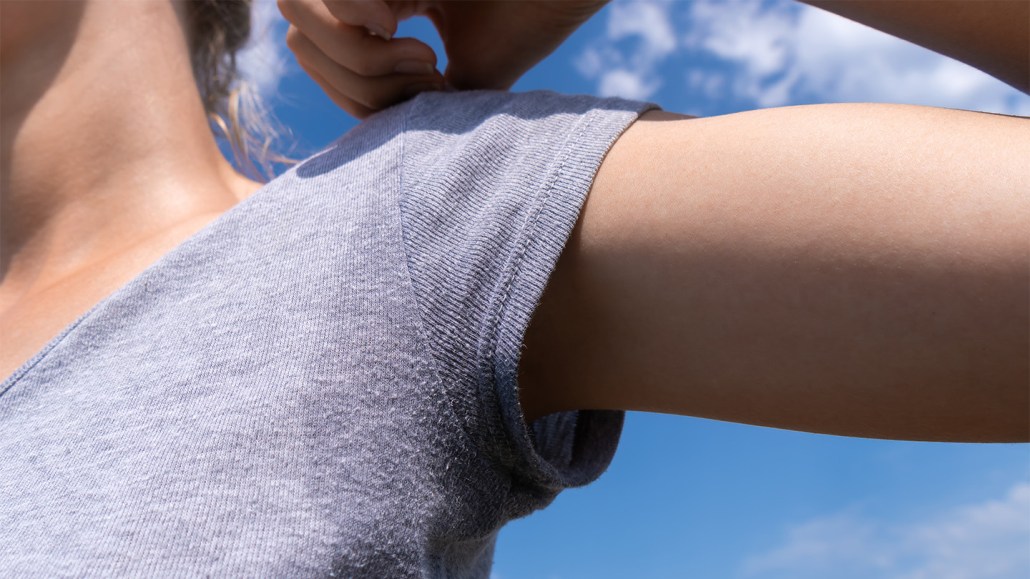
Researchers found two smelly steroids and a mix of pleasant and acrid carboxylic acids in samples of teenage body odor.
Olga Ihnatsyeva/Getty Images Plus

Researchers found two smelly steroids and a mix of pleasant and acrid carboxylic acids in samples of teenage body odor.
Olga Ihnatsyeva/Getty Images Plus